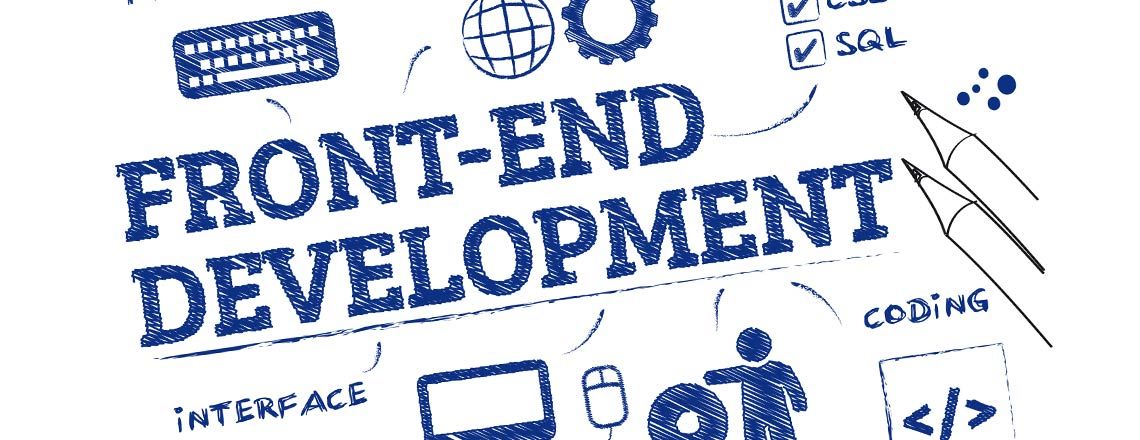
Web developers tend to fall under one of two categories: front end or back end. A web developer class may cover the skills for either one, but it can be helpful to gain a fundamental understanding of both.
Front End vs. Back End: An Overview
Generally speaking, the main difference between front and back end development is the particular area of focus. The front end is concerned with a website’s appearance, look and feel; while the back end focuses on functionality on a website’s server-side, including all communications between the browser and the database.
To build a website, a front end developer takes care of the theme, including the presentation, images and style. The back end developer takes care of the database, securities, site performance and users.
Front End vs. Back End: Programming Languages Used
While there is a bit of overlap between them, there is some variation in the programming languages typically used for front and back end web development.
Front End
In addition to using HTML, JavaScript and CSS in their projects, most front end developers today have also mastered more advanced skills and frameworks like React, Angular and Bootstrap, as well as command-line tools.
Most front-end developers will use HTML, JavaScript and CSS.
Back End
Back end developers typically rely on PHP, Python, Ruby, Java and Node.js. They should also have a solid understanding of one or two other languages, as well as proficiency in using databases like SQL Server, Oracle and MySQL.
Front End vs. Back End: Desired Skills
Much like the programming languages used, the skills required for front and back end development vary.
Front End
Front end developers should be able to work on a website’s user interface and appearance using design tools like Figma, Sketch and Photoshop. They should also know how web hosting and domain purchases work.
Back End
Compared to the front end, back end development requires more critical thinking in order to design systems that help the user interact with the webpage. Back end developers should know where data is stored, the security of storage, how to debug and test a website and how to add features without affecting functionality and scale.
Front End vs. Back End: Educational Methods
When it comes to learning front or back end development, using a tutorial, taking a university course or enrolling in a bootcamp can help you gain proficiency in the skills needed for either side. Regardless of your focus, practice is paramount.
Practice and Start From Scratch
As you get started learning front or back end development, take time to practice creating code from scratch, even if it is readily available in the programs you use. This will supplement your studies by allowing you to better understand how various features and coding work.
Blending the Front End and Back End: Full Stack Development
There is an option that blends the skills required for working on both the front and back ends of a website: full stack web development.
Benefits of Full-Stack Development Skills
Some developers argue that having skills for both front and back end development provides an advantage over specializing in just one of them, as full stack developers can take on nearly any web developer job, increasing the opportunities available to them.
Additionally, understanding how both ends of a website function together makes it easier to work on certain projects, as you can clearly understand the needs of the front end developer if you are working on the back end or vice versa. Additionally, employers appreciate that full stack developers are able to provide support for other developers or development teams if necessary.
Whether you choose front end or back end development, consider honing your skills at a San Francisco web developer class if you are based in the Bay Area.
*Please note, these articles are for educational purposes and the topics covered may not be representative of the curriculum covered in our boot camp. Explore our curriculum to see what you’ll learn in our program.
Get Program Info
Ready to learn more about Berkeley Coding Boot Camp in San Francisco? Contact an admissions advisor at (510) 306-1218.
 Live Chat
Live Chat